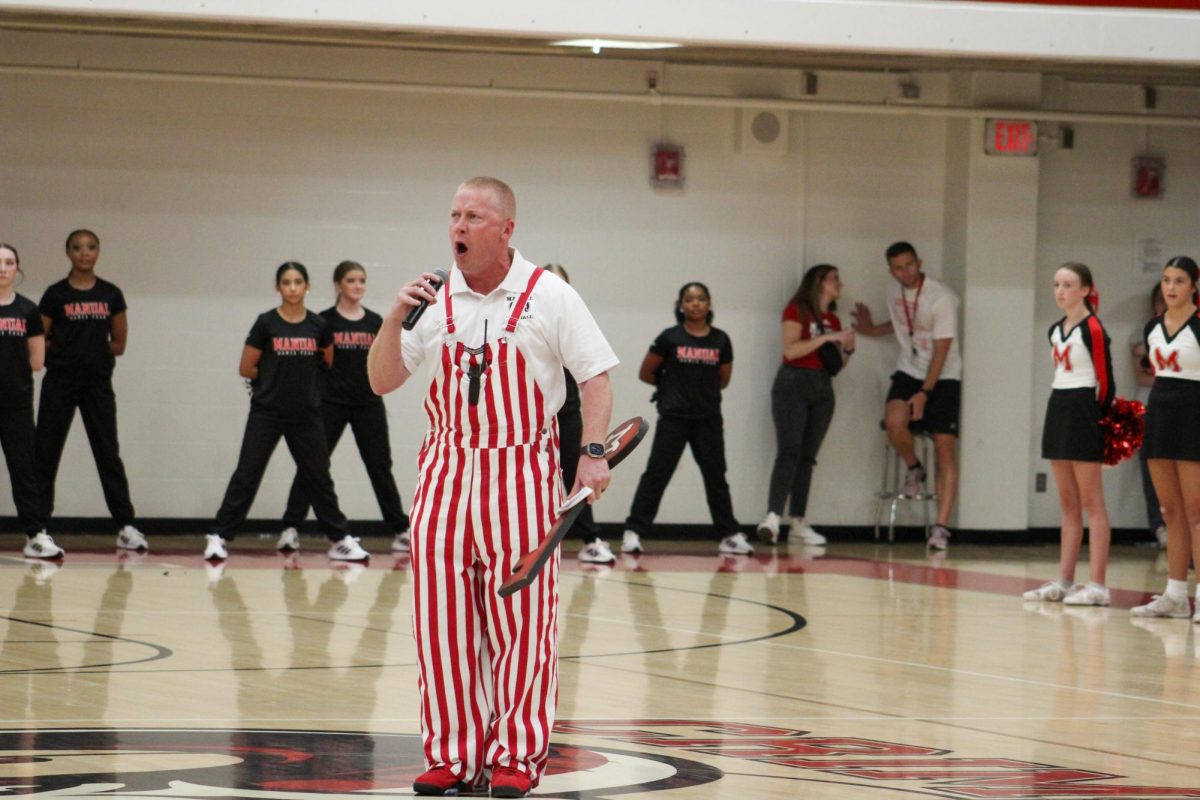The 1,500 Confederate statues scattered across the United States have caused widespread protests and riots with the recent conversations about their removals. While some Americans want these statues to be removed, not all of these statues represent and/or “celebrate leaders […] who fought for white supremacy, the moral integrity of slavery and the inferiority of African-Americans.” For many people, Confederate statues are symbols of southern culture and economic success.
Even more importantly, not all monuments to people who fought in the Confederacy are memorializing them for doing so. Many “Confederate” monuments are honoring people because of positive contributions they made to their community—not because of their actions in the Civil War. Because of this, many Confederate statues do not deserve to be taken down.
Cities that have removed statues are “saying it [the removal] was in the interest of public safety after events in Charlottesville.” House Democratic leader, Nancy Pelosi, even described the monuments as “reprehensible.” However, it is not fair for people to judge Confederate statues by the standards of today, after their conceptualization and initial creation.
Many memorials that are classified as being a Confederate statue were not actually created to remember the ideals of the Confederacy. The Castleman Monument, located on Cherokee Parkway, appeared in 1913 to commemorate John B. Castleman’s efforts to establish the Olmsted Park System as well as the American Saddlebred Horse Association, rather than his service in the Confederacy. The plaque on the memorial, however, does depict his actions in the Confederacy during 1864. The plaque should change to commemorate Castleman’s more positive attributions to the Louisville community, but the statue itself should remain standing.

After the disturbing events in Charlottesville, President Donald Trump openly asked, “Many of those people were there to protest the taking down of the statue of Robert E. Lee. So this week it is Robert E. Lee […] I wonder, is it George Washington next week, and is it Thomas Jefferson the week after?”
While this may seem paranoid and unrealistic, it’s actually already happening. People are now calling for the removal of statues of these founding fathers, from a pastor in Chicago to a political commentator on CNN. George Washington and Thomas Jefferson are two of the most influential people in making America a free nation. They are memorialized for their contributions to the county, not because they owned slaves.

Statues from periods of racism and hate, such as the statues of Robert E. Lee and others who openly and obviously fought for slavery and discrimination, should be taken down. Statues of those who did other influential things should not be taken down just because they owned slaves or were part of the Confederacy.
Yes, it is fair to argue that having the statues stand could be and possibly is offensive and insulting. Still, as Americans, we should remember people for their positive efforts, even if they owned slaves or were in the Confederacy.
It is our history, and “history deserves study and reflection, no matter how unpleasant or complicated parts of it may be,” Mississippi Governor, Phil Bryant, said. Confederate statues are symbols of a time in history that America should not ignore, but rather try to understand and learn from.





Charles L. Hansen • Sep 22, 2017 at 3:31 pm
Soldiers of the Confederate States were traitors, pure and simple. Their actions were treasonous and arguments were seditious. Whether they were foot-soldiers or Generals makes no difference. If they made contributions to society or cultural developments separate from the defense of their revolution against the United States, some memorial notation may be appropriate. Otherwise, monuments, memorials, plaques, etc., etc. to the Confederacy do not merit public positions of prominence. That war between the states needs study, understanding, and recognition of achievement, but not glorification. —-